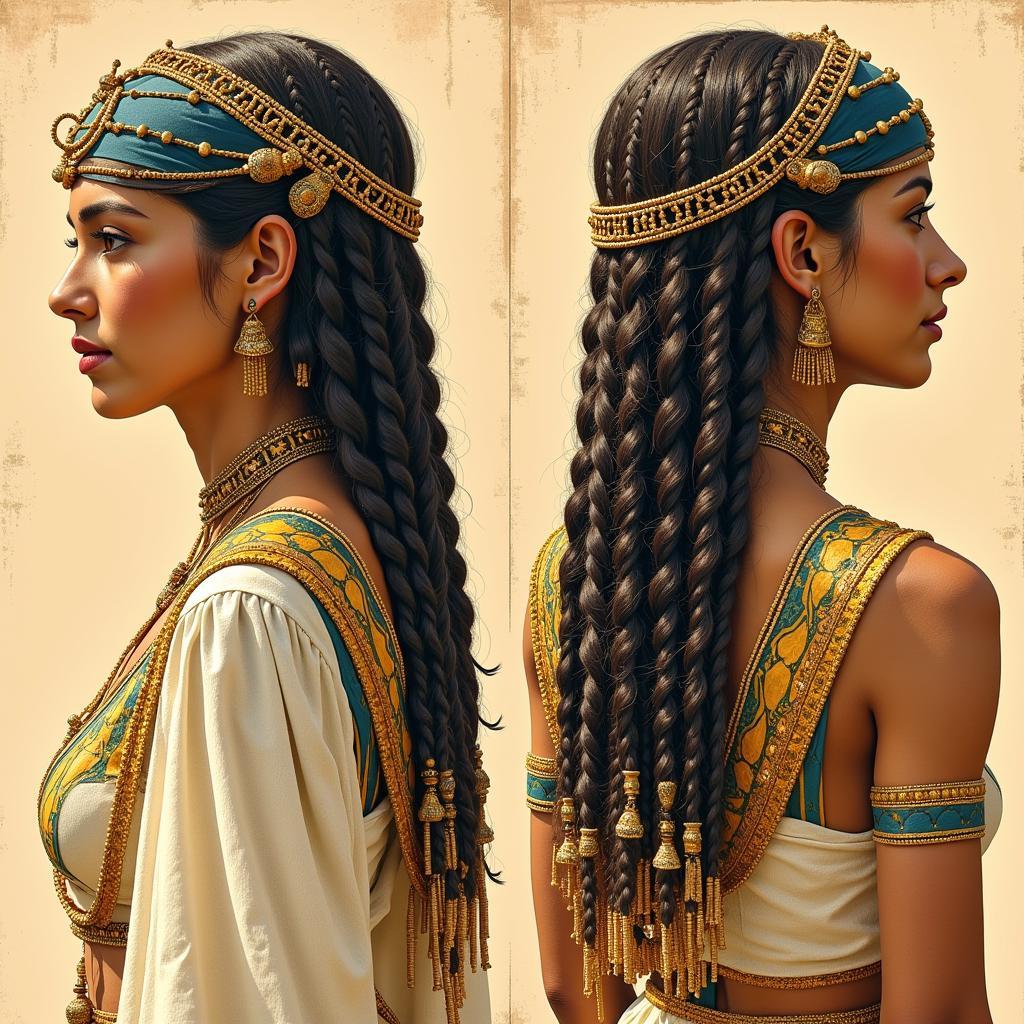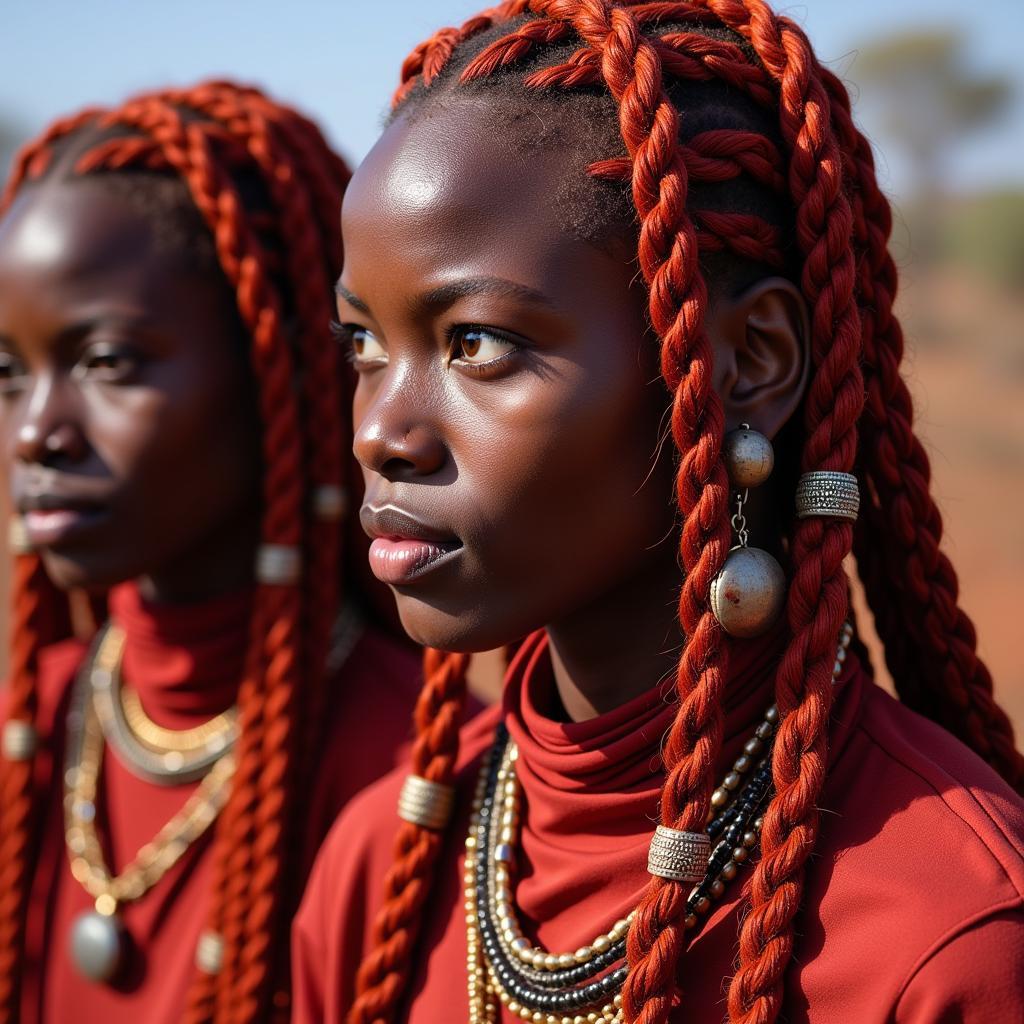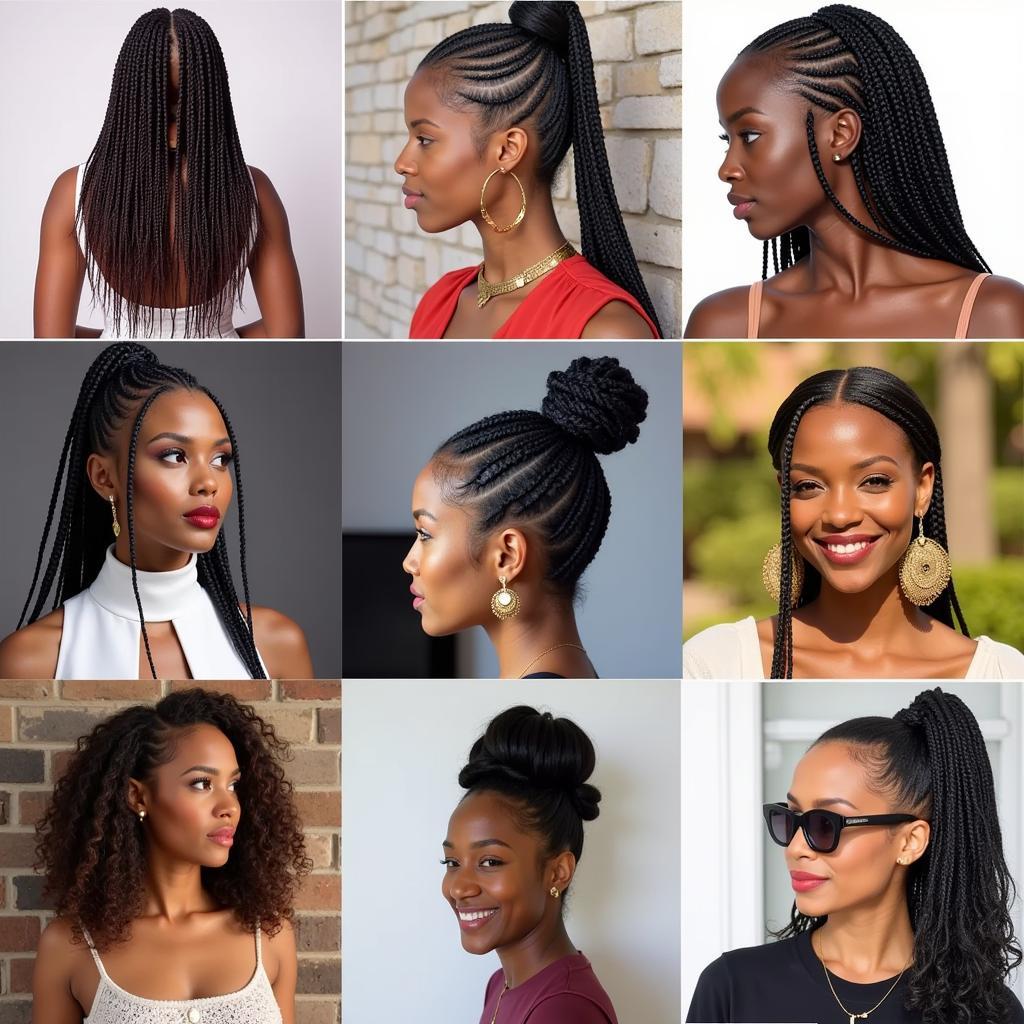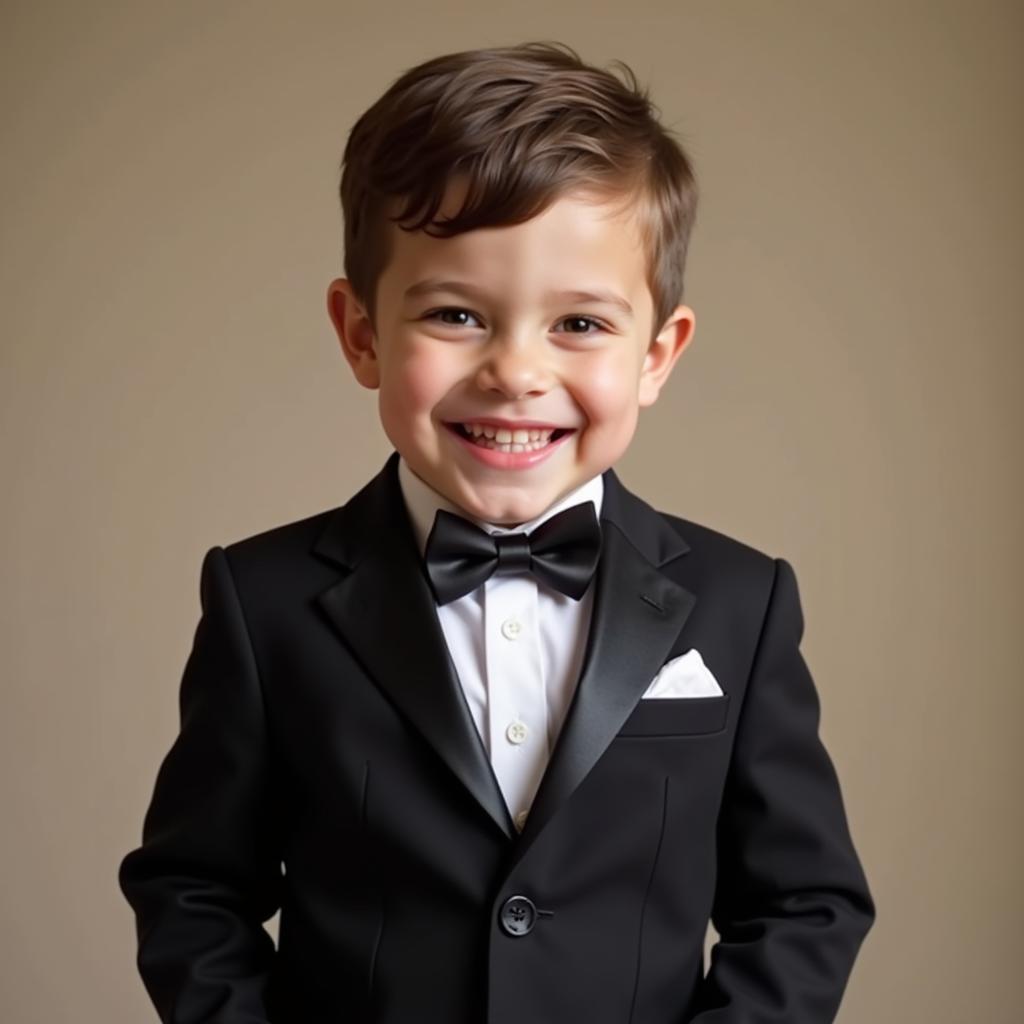African Goddess Braids: A Journey Through History, Culture, and Style
African Goddess Braids, a mesmerizing tapestry of art and tradition, have adorned the heads of women for centuries. More than just a hairstyle, these intricate plaits are a testament to the rich cultural heritage and timeless beauty of Africa. From the ancient empires of Egypt to the vibrant cultures of the continent today, goddess braids continue to captivate and inspire.
A Legacy Woven Through Time
 Ancient Egyptian Goddess Braids
Ancient Egyptian Goddess Braids
The roots of African goddess braids can be traced back over 5,000 years to ancient Egypt. Hieroglyphs and sculptures depict both men and women of royalty and affluence donning elaborate braided hairstyles. These braids, often embellished with gold, beads, and precious stones, were not merely decorative but served as a symbol of social standing, religious beliefs, and even marital status.
For instance, the elaborate braided wigs worn by the Egyptians were a testament to their advanced civilization. The intricate patterns and styles, meticulously crafted by skilled artisans, reflected the wearer’s status and wealth.
 Himba Women Traditional Braids
Himba Women Traditional Braids
Beyond Egypt, braids played a crucial role in various African cultures. The Himba people of Namibia are renowned for their distinctive red ochre braids, a symbol of cultural identity and tradition passed down through generations. Similarly, the Fulani women of West Africa adorn their hair with long, thin braids, often adorned with beads and cowrie shells, signifying their heritage and beauty.
The Meaning Behind the Braids
Each braid style tells a story, whispering tales of ancestry, marital status, and social standing. In many African cultures, the act of braiding was, and still remains, a communal activity, strengthening bonds between women and transmitting cultural knowledge from one generation to the next.
For example, among the Yoruba people of Nigeria, intricate braid patterns signify different deities and spiritual beliefs. Similarly, the number and style of braids can indicate a woman’s age, marital status, or social position within certain communities.
 Modern African Goddess Braids Styles
Modern African Goddess Braids Styles
Goddess Braids in the Modern World
Today, African goddess braids continue to transcend cultural boundaries, becoming a global phenomenon embraced for their versatility, beauty, and cultural significance. From natural hair enthusiasts to fashion-forward individuals, these braids offer a unique way to express personal style while celebrating African heritage.
Frequently Asked Questions about African Goddess Braids
1. How long do African goddess braids last?
Typically, African goddess braids can last anywhere from 4 to 8 weeks, depending on factors like hair type, maintenance routine, and braid style.
2. How do I care for my goddess braids?
Proper maintenance involves moisturizing the scalp regularly, using a braid spray, and sleeping with a satin scarf to minimize frizz and extend the lifespan of the braids.
3. Can I swim with goddess braids?
Swimming is possible with goddess braids, but it’s recommended to wear a swim cap to protect the hair from chlorine or saltwater.
4. Are goddess braids suitable for all hair types?
Yes, goddess braids can be adapted for various hair types, from kinky to curly to straight hair.
5. Where can I find a stylist specializing in African goddess braids?
You can search online directories, social media platforms, or ask for recommendations from local hair salons to find experienced braiders in your area.
Discover More about African Culture and Style
This is just a glimpse into the fascinating world of African goddess braids. Explore our website further for more captivating stories and insightful articles about African culture, art, music, and lifestyle.
Need assistance? Contact us:
Phone Number: +255768904061
Email: [email protected]
Address: Mbarali DC Mawindi, Kangaga, Tanzania.
Our customer service team is available 24/7 to assist you.
